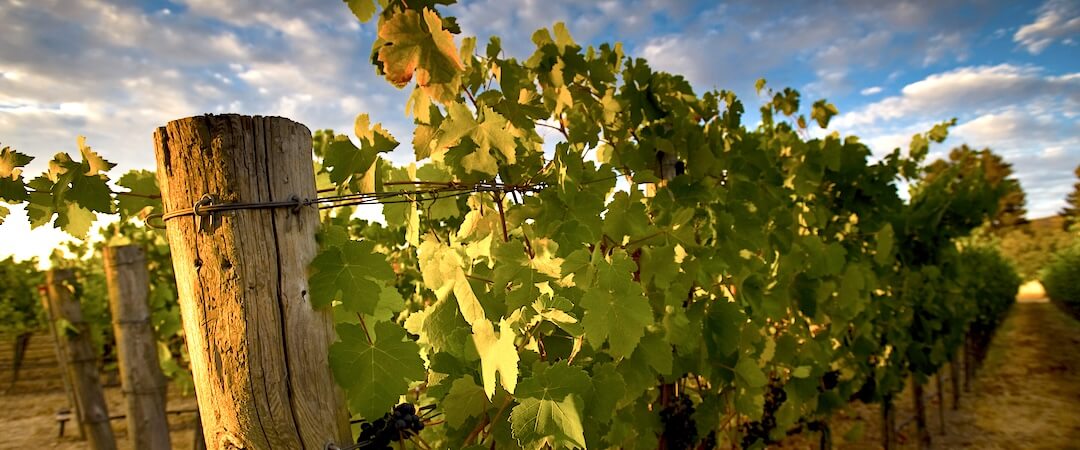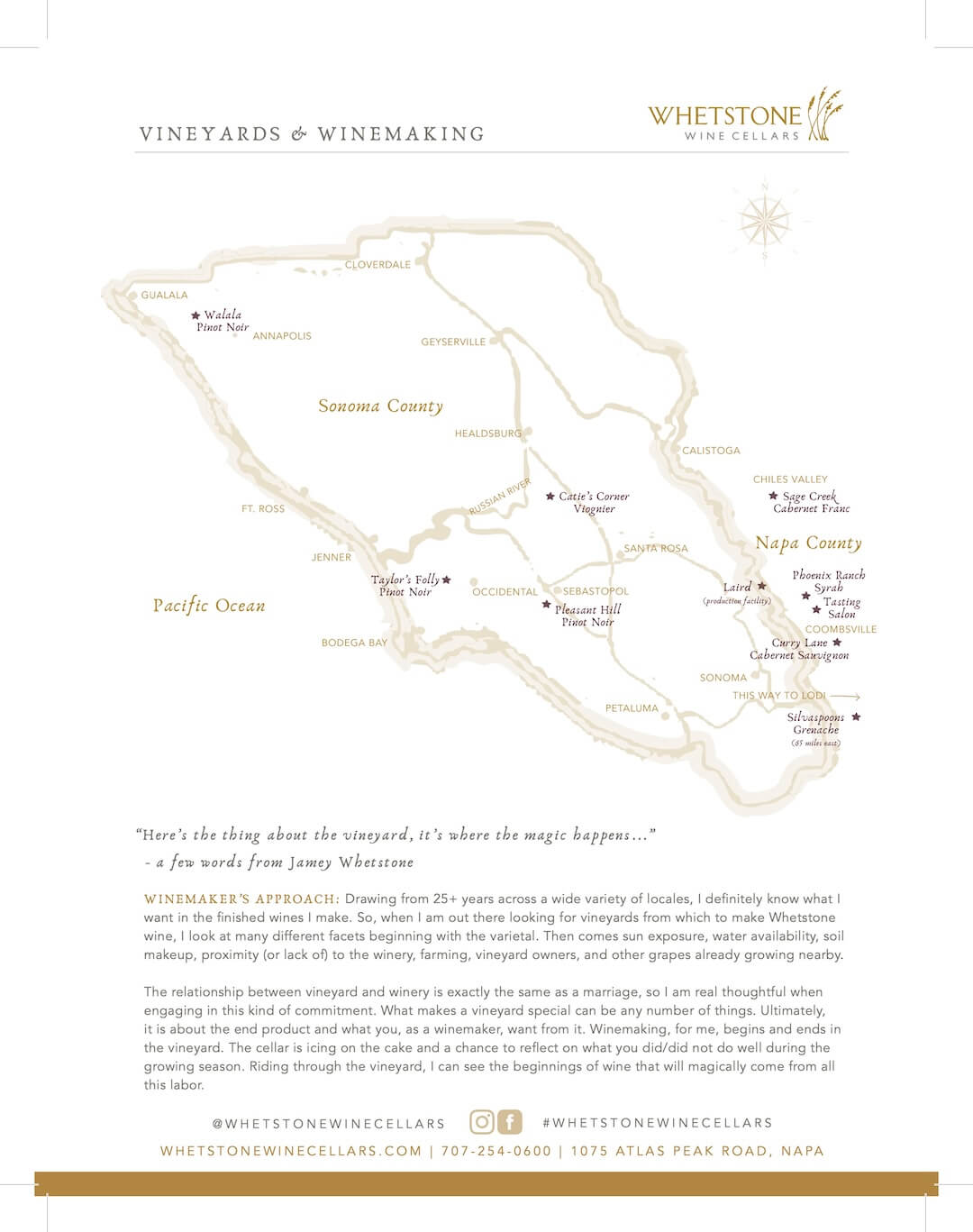Vineyards and Winemaking
Here’s the thing about the vineyard… it’s where the magic happens

FOR ME, THE VINEYARD IS…
Firing up the 4-wheeler and hitching up the rickety wooden trailer loaded with green-growing vines;
Feeling the tears streaming down my cold cheeks as I drive down tractor rows to place the trays of vines for the crew;
Clanking of chains at the vineyard gate in the pitch-black darkness of a summer morning;
Listening to Mariachi music from the car radios as folks spill out pulling hoodies over their heads;
Hearing shovels and picks “shushing” into the soil or clanging off a rock while digging holes for new vines;
Picking up conversations as the sun rises and feeling very pleased I took the two semesters of Spanish at the local JC.
Feeling the tears streaming down my cold cheeks as I drive down tractor rows to place the trays of vines for the crew;
Clanking of chains at the vineyard gate in the pitch-black darkness of a summer morning;
Listening to Mariachi music from the car radios as folks spill out pulling hoodies over their heads;
Hearing shovels and picks “shushing” into the soil or clanging off a rock while digging holes for new vines;
Picking up conversations as the sun rises and feeling very pleased I took the two semesters of Spanish at the local JC.
Vineyard Map

WINEMAKERS APPROACH
Drawing from experience that spans 30 years across a wide variety of locales, I definitely know what I want in the finished wines I make. When I am out there looking for vineyards + Grower Partnerships from which to make Whetstone wine, I look at many different facets beginning with the varietal, then sun exposure, water availability, soil makeup, proximity (or lack of) to the winery, and farming. The relationship between vineyard, grower and winery is exactly the same as a marriage. So I am real thoughtful when engaging in this kind of commitment. Winemaking, for me, begins and ends in the vineyard. The cellar is icing on the cake and a chance to reflect on what you did/did not do well during the growing season.
